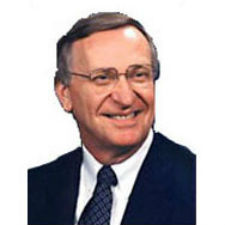
Earlier of course Jefferson had penned the Declaration of Independence with the pronouncement that “all men are created equal and are endowed by their creator with certain inalienable rights that among these are life, liberty and the pursuit of happiness.” Note that Jefferson never claimed that those rights that could not be taken away came from his god, but rather they came from “their (humankind’s) creator” suggesting that different persons could believe in different creators or gods.
These ideas that defined the wall between church and state made their way into the Virginia Declaration of Rights and the U.S. Constitution’s Bill of Rights. For the first time in history there were to be no state established churches; individuals were left to choose and believe as their conscience dictated.
There continues to be a debate as to whether we are a Christian nation. Patrick Henry wanted the Virginia Statute to guarantee Christian religion, but his arguments failed. We are one nation “under God” only because a law in 1954 added those words to the Pledge of Allegiance. There are Christians of many denominations in our country as there are many Jews, Muslims, people of other religions and of no religion. None have legal sanction or supremacy over the others.
I live my life on both sides of the wall. Privately I am a person of faith. My religious beliefs support my moral beliefs. I believe I should love my neighbor as myself regardless of their race, creed, color, national origin, gender, or sexual orientation. And I believe that loving others requires me to do all I can to ensure their life, liberty and pursuit of happiness.
On the public side of the wall as an elected official I continue to hold my religious beliefs; they motivate me to vote for legislation to protect all citizens’ rights to vote, to get an education and to live a life free of discrimination. My moral compass is under-girded by my faith, but that does not mean I think my particular beliefs should be the law of the land.
The wall between church and state is intended to protect each person’s right to their own beliefs–to protect my freedom of conscience…not my freedom from conscience. I feel I must use my moral compass on both sides of the wall.
Ken Plum is a member of the Virginia House of Delegates.










